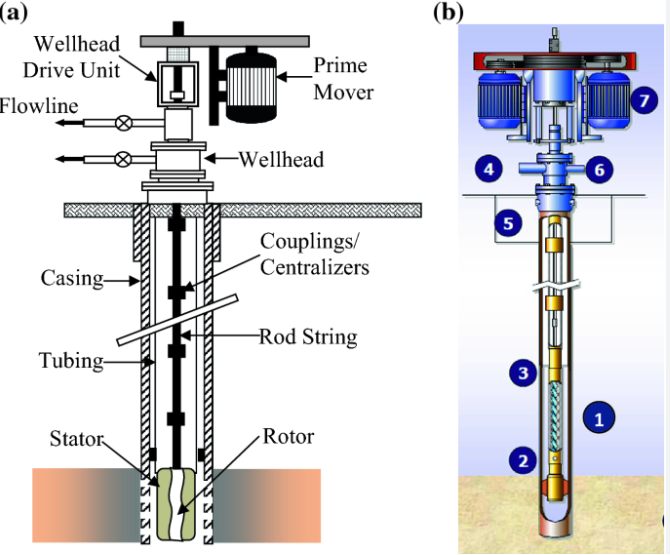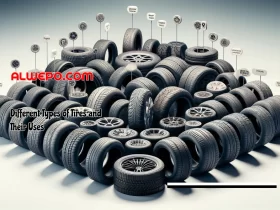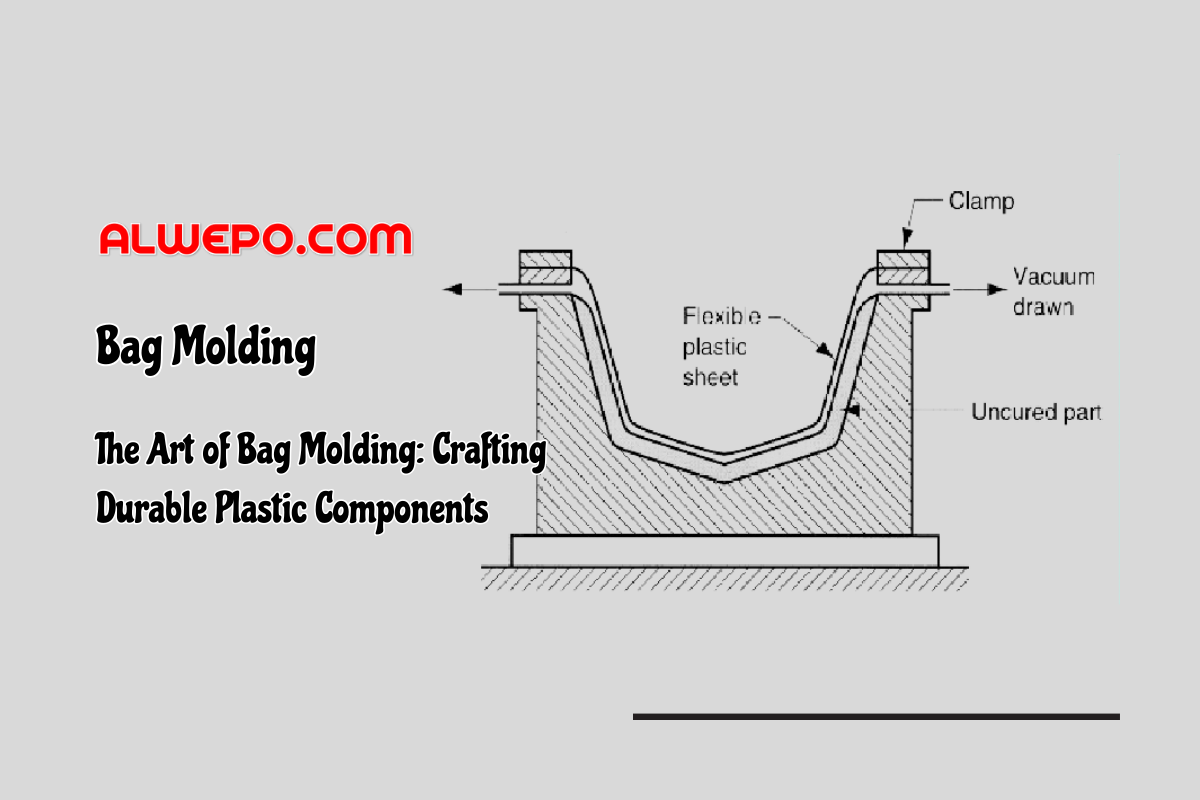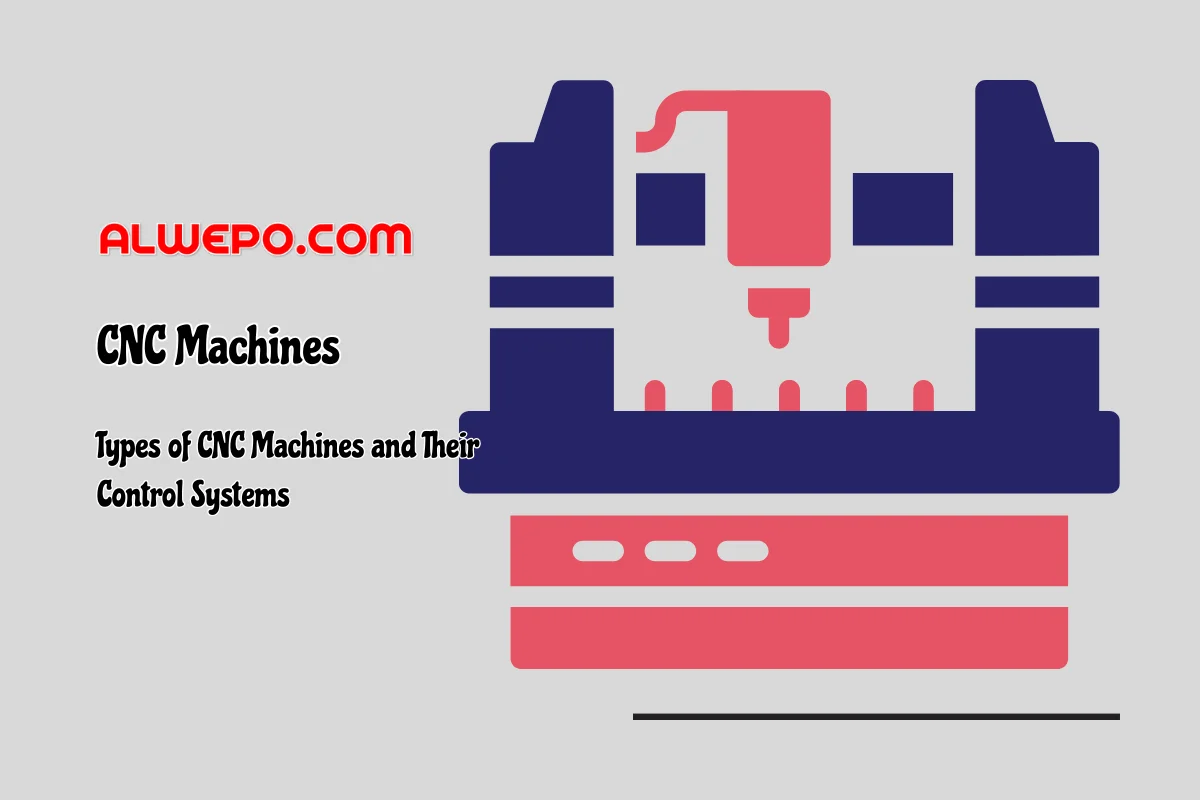alwepo.com, The Evolution of Caterpillar – Caterpillar Inc. is a name synonymous with heavy equipment and construction machinery, a global behemoth whose roots date back to the early 20th century. Founded through the merger of Holt Manufacturing Company and C. L. Best Tractor Company in 1925, Caterpillar has grown from a modest beginning into a world leader in manufacturing equipment for construction, mining, energy, and transportation. Over the decades, Caterpillar has played a pivotal role in revolutionizing the construction and mining industries, introducing innovative technologies that have set new standards for efficiency, durability, and performance.
From its inception, Caterpillar has been at the forefront of major industrial advancements, driving progress through relentless innovation and a commitment to quality. The company’s iconic yellow machinery can be found on construction sites and in mining operations across the globe, symbolizing strength and reliability. Caterpillar’s influence extends beyond machinery; its developments in diesel engines, hydraulics, and automation have reshaped how large-scale projects are executed.
This article delves into the rich history of Caterpillar, exploring its origins, key milestones, technological advancements, and its impact on the global market. We will trace the journey from the early steam-powered tractors of Holt and Best to the sophisticated, interconnected machinery of today. Key moments such as the introduction of the first diesel tractor, the company’s role during World War II, and its expansion into international markets will be highlighted. Additionally, we will examine how Caterpillar has embraced sustainability and digital transformation in recent years, ensuring it remains a leader in an ever-evolving industry.
Through this exploration, we will gain a deeper understanding of how Caterpillar’s enduring legacy of innovation and excellence has not only built the company into an industrial titan but also helped shape the modern world of heavy machinery and infrastructure development.
Origins and Early Innovations
The formation of Caterpillar Tractor Co. in 1925 was a pivotal moment in the history of heavy machinery and industrial equipment. This section delves into the details surrounding the merger of two innovative companies, Holt Manufacturing Company and C. L. Best Tractor Company, and how their combined strengths laid the foundation for the Caterpillar brand we know today.
Background of Holt Manufacturing Company
Benjamin Holt, an inventor and entrepreneur, founded Holt Manufacturing Company in Stockton, California, in 1883. Holt initially focused on developing and manufacturing agricultural equipment, such as combine harvesters and steam-powered tractors. However, his most significant contribution came in 1904 with the invention of the track-type tractor.
- Track-Type Tractor Invention: Holt’s track-type tractor, commonly referred to as a “caterpillar” due to its unique track design, revolutionized agricultural and construction machinery. The tracks allowed for better traction and weight distribution, making it easier to operate on soft or uneven terrain. This innovation marked a significant leap forward from wheeled tractors, which often got stuck in muddy fields.
Background of C. L. Best Tractor Company
Daniel Best, another pioneer in the agricultural machinery industry, founded his company, Daniel Best Manufacturing Company, in the late 1800s. Daniel Best was known for his advancements in combine harvesters and steam-powered tractors. After facing financial difficulties, his son, Clarence Leo (C. L.) Best, took over the business and rebranded it as C. L. Best Tractor Company in 1910.
- Competitive Edge: C. L. Best Tractor Company quickly became a significant player in the market by producing reliable and powerful gasoline-powered tractors. C. L. Best’s keen business acumen and focus on innovation allowed the company to compete fiercely with Holt Manufacturing Company.
The Merger: Creating a Giant
The early 1920s were challenging for both Holt Manufacturing Company and C. L. Best Tractor Company due to intense competition, economic fluctuations, and the high costs associated with continuous innovation. Recognizing the potential benefits of combining their resources and expertise, the two companies decided to merge.
- Strategic Decision: On April 15, 1925, the merger was finalized, resulting in the formation of Caterpillar Tractor Co. The merger was a strategic decision to pool resources, reduce competition, and leverage the strengths of both companies to dominate the heavy machinery market.
Key Figures and Leadership
The merger brought together the leadership talents of both companies, with C. L. Best assuming the role of Chairman and Benjamin Holt’s successor, Pliny Holt, becoming Vice President. This collaboration ensured a smooth transition and integration of both companies’ technologies and expertise.
- C. L. Best: As Chairman, Best played a crucial role in steering the newly formed company towards innovation and expansion. His vision and business strategy were instrumental in establishing Caterpillar as a market leader.
- Pliny Holt: As Vice President, Holt’s engineering background and understanding of the track-type tractor technology were vital in advancing the company’s product line and maintaining its reputation for quality and durability.
Early Products and Innovations
The newly formed Caterpillar Tractor Co. wasted no time in introducing new and improved products to the market. The combination of Holt’s track technology and Best’s gasoline-powered tractors led to the development of robust, reliable machinery that quickly gained popularity.
- Caterpillar 30 and Caterpillar 60: These were among the first track-type tractors introduced by the company. Known for their durability and efficiency, they became highly popular in agriculture and construction, setting the standard for future innovations.
- Brand Establishment: The name “Caterpillar” was inspired by the movement of the track-type tractors, which resembled the crawling motion of a caterpillar insect. This unique branding helped distinguish the company in a competitive market.
Impact on the Industry
The formation of Caterpillar Tractor Co. had a profound impact on the heavy machinery industry. By combining the strengths of Holt Manufacturing Company and C. L. Best Tractor Company, Caterpillar was able to innovate rapidly and expand its market presence.
- Market Leadership: The merger allowed Caterpillar to dominate the heavy machinery market, offering a diverse range of products that catered to various industries, including agriculture, construction, and mining.
- Global Expansion: With a strong product line and a commitment to innovation, Caterpillar quickly expanded its reach beyond North America, establishing a global presence that would continue to grow in the coming decades.
The Formation of Caterpillar Tractor Co.
The formation of Caterpillar Tractor Co. in 1925 marked a significant turning point in the history of heavy machinery and industrial equipment. This event was the culmination of years of innovation, competition, and strategic business decisions by two leading figures in the agricultural and construction equipment industry: Benjamin Holt and Clarence Leo (C. L.) Best. Here’s a detailed exploration of the factors and events that led to the creation of this iconic company.
The Legacy of Benjamin Holt
Benjamin Holt was an inventive entrepreneur who founded the Holt Manufacturing Company in Stockton, California, in 1883. Holt’s company initially focused on producing wooden wheels, wagon parts, and later, agricultural machinery such as combine harvesters. However, Holt’s most significant contribution to the industry came with the development of the track-type tractor.
- Invention of the Track-Type Tractor: In 1904, Holt invented the first practical continuous track-type tractor, which he called the “Caterpillar” due to its unique track design that allowed it to move easily over soft or uneven ground. This invention revolutionized the agricultural industry by providing a machine that could operate effectively in muddy fields where wheeled tractors would get bogged down.
The Innovations of C. L. Best
Daniel Best, an innovator in his own right, founded the Daniel Best Manufacturing Company in the late 19th century. His company was known for developing steam-powered tractors and combine harvesters. After experiencing financial difficulties, Daniel’s son, Clarence Leo (C. L.) Best, took over and rebranded the company as C. L. Best Tractor Company in 1910.
- Advancements in Gasoline-Powered Tractors: Under C. L. Best’s leadership, the company shifted focus to gasoline-powered tractors, which were more efficient and easier to operate than steam-powered models. C. L. Best’s innovations in tractor design and engineering made his company a significant competitor to Holt Manufacturing.
The Competitive Landscape
Throughout the early 20th century, Holt Manufacturing and C. L. Best Tractor Company were fierce competitors. Both companies were based in California and were engaged in a race to develop more efficient and powerful machinery for the agricultural and construction industries. This intense rivalry drove significant technological advancements but also led to financial strain as each company invested heavily in research and development.
The Merger: Creating a Powerhouse
By the early 1920s, both Holt Manufacturing and C. L. Best Tractor Company were facing economic challenges. The agricultural market was fluctuating, and the costs of innovation were high. Recognizing the potential benefits of a merger, the two companies decided to join forces.
- Negotiations and Agreement: After a series of negotiations, the merger was finalized on April 15, 1925. The new entity, Caterpillar Tractor Co., combined the assets, technologies, and expertise of both companies. This merger was a strategic move to reduce competition, consolidate resources, and strengthen their market position.
Key Leadership and Vision
The newly formed Caterpillar Tractor Co. benefited from the leadership of both C. L. Best and the Holt family.
- C. L. Best as Chairman: C. L. Best became the Chairman of the Board, bringing his vision for innovation and efficiency to the forefront of the company’s strategy. His leadership was instrumental in guiding the new company through its early years.
- Pliny Holt as Vice President: Pliny Holt, representing the Holt family, took on the role of Vice President. His engineering expertise and deep understanding of track-type technology helped drive the company’s product development efforts.
Early Achievements and Products
Caterpillar Tractor Co. quickly established itself as a leader in the heavy machinery industry by introducing new and improved products that combined the best features of Holt’s and Best’s technologies.
- Caterpillar 30 and Caterpillar 60: Among the first products launched were the Caterpillar 30 and Caterpillar 60 tractors. These machines were celebrated for their reliability, durability, and efficiency. They quickly became popular in agriculture and construction, solidifying Caterpillar’s reputation for quality.
- Brand Identity: The name “Caterpillar” was officially adopted for the company’s products, inspired by the distinctive movement of the track-type tractors, which resembled the crawling motion of a caterpillar insect. This branding helped differentiate the company in a competitive market.
Impact on the Industry
The formation of Caterpillar Tractor Co. had a profound and lasting impact on the heavy machinery industry. The merger allowed the company to leverage its combined resources to innovate rapidly and expand its market reach.
- Technological Leadership: The new company continued to push the boundaries of technology, developing more powerful and efficient machinery that set industry standards.
- Global Expansion: With a robust product line and a strong brand, Caterpillar quickly expanded its operations beyond North America. The company established a global presence, opening manufacturing facilities and dealerships in key markets around the world.
Long-Term Growth and Innovation
The foundation laid by the merger of Holt and Best provided the stability and resources needed for Caterpillar to embark on long-term growth and continuous innovation.
- Introduction of Diesel Engines: In 1931, Caterpillar introduced its first diesel engine tractor, the Caterpillar Diesel Sixty Tractor. This development marked a significant leap forward in terms of fuel efficiency and performance.
- World War II Contributions: During World War II, Caterpillar’s machinery was in high demand for military construction projects. The company’s bulldozers and tractors played a crucial role in building airfields, roads, and other infrastructure, further cementing its reputation for reliability and toughness.
Expansion and Innovation in the Early 20th Century
The early years of Caterpillar Tractor Co. were marked by rapid expansion and continuous innovation. The company’s focus on research and development led to several breakthroughs.
- Diesel Engines: In 1931, Caterpillar introduced its first diesel engine tractor, the Caterpillar Diesel Sixty Tractor. This innovation significantly reduced fuel costs and increased efficiency.
- Market Penetration: By the 1930s, Caterpillar had expanded its market reach, establishing a strong presence in North America, Europe, and Asia.
World War II and Its Aftermath
World War II was a transformative period for Caterpillar. The company’s machinery was in high demand for military construction projects, including airfields, roads, and fortifications.
- Military Contributions: Caterpillar’s bulldozers and tractors were essential in the Allied war effort, proving their reliability in harsh conditions.
- Post-War Boom: After the war, there was a significant increase in infrastructure projects worldwide. Caterpillar capitalized on this demand, further cementing its position as a leader in the heavy equipment industry.
Post-War Expansion and Globalization
The post-war era saw Caterpillar expanding its operations and product line to meet the growing needs of a rapidly industrializing world.
- Product Diversification: Caterpillar introduced a range of new products, including hydraulic excavators, wheel loaders, and off-highway trucks.
- Global Presence: By the 1950s and 1960s, Caterpillar had established manufacturing facilities and dealerships in multiple countries, ensuring a robust global supply chain.
Technological Advancements in the Late 20th Century
The latter half of the 20th century was marked by significant technological advancements that propelled Caterpillar to new heights.
- Computer-Aided Design (CAD): The adoption of CAD technology revolutionized the design and manufacturing processes, leading to more efficient and precise machinery.
- Automation and Robotics: Caterpillar integrated automation and robotics into its production lines, increasing productivity and consistency.
Caterpillar in the 21st Century
Entering the 21st century, Caterpillar continued to innovate and expand, focusing on sustainability and digital transformation.
- Sustainable Practices: Caterpillar committed to reducing its environmental impact by developing more fuel-efficient engines and machinery.
- Digital Transformation: The introduction of Cat® Connect, a suite of digital solutions, allowed for real-time monitoring and management of equipment, enhancing operational efficiency.
Sustainability and Corporate Responsibility
Caterpillar has placed a strong emphasis on sustainability and corporate responsibility, aligning its business practices with environmental and social goals.
- Eco-Friendly Technologies: The development of hybrid and electric machinery has reduced emissions and operational costs.
- Community Engagement: Caterpillar Foundation, the company’s philanthropic arm, has invested in various global initiatives aimed at improving education, environment, and economic development.
Caterpillar’s journey from a small agricultural equipment manufacturer to a global leader in heavy machinery is a testament to its commitment to innovation, quality, and sustainability. The company’s legacy is not just in the machines it builds but in its continuous efforts to drive progress and make a positive impact on the world. Hope it usefull, if any wrong in this article, please inform to us and we will correct it as fast as we can. Thanks

















Leave a Reply
View Comments